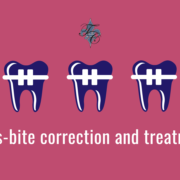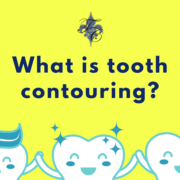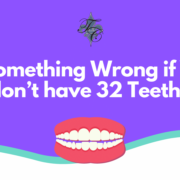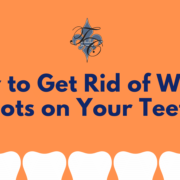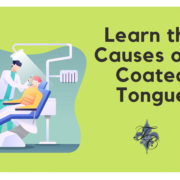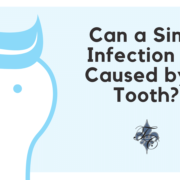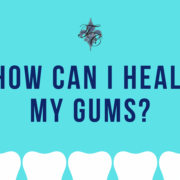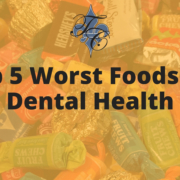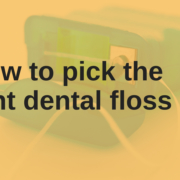How to combat halitosis
It’s not a pleasant subject to talk about, but if you’re suffering from bad breath, you need to know you have it — and that there are things you can do to prevent it.
What are the causes of halitosis or bad breath?
Bad breath, also known as halitosis or malodor, is most often caused by something happening in your mouth, like bacteria that cause the gums to swell and emit a sulfur-like smell, or cavities.
Here are some other reasons you might have bad breath:
- Diabetes
- Liver disease
- Respiratory tract infections
- Chronic bronchitis
How to combat bad breath
If you’re suffering from bad breath (just like those people around you), fortunately, there are things you can do to get rid of it and keep it from coming back. These include:
- Rinsing with mouthwash: Did you know that mouthwash not only adds a minty freshness to your breath, it also kills bacteria? Just make sure you choose a mouthwash that kills bacteria, and it’ll help eliminate some of the source of bad breath.
- Maintain a healthy, balanced diet: There are some diets out there, like fasting and no-carb diets, that can cause bad breath. If you’ve had problems with halitosis, you should avoid these extreme diets. Although garlic, onions and some spices are good for your body, they’re not good for your mouth. You shouldn’t eat them if you’re trying to improve your breath.
- Tongue-scraping: The two most common bacteria in your mouth that are widely known for causing bad breath and tooth decay are called Mutans streptococci and Lactobacilli. If you scrape your tongue twice a day, research has shown that these two types of bacteria will be reduced in your mouth.
- Brush and floss more often: Are you brushing your teeth twice a day? And are you flossing at least once a day? If you answered yes, are you being honest with yourself? If you’re not brushing and flossing in accordance with the standards listed above, then you’re not getting rid of all the plaque in your mouth. Plaque causes the bacteria that will bring you bad breath.
- Quit using tobacco products: There’s a long list of reasons why you should quit smoking or using other nicotine products, and among them is bad breath. The time to quit is now.
- Choose gum instead of mints: Just like your body gets addicted to sugar, your mouth is a big fan of sugar, too. Bacteria love sugar. They love it so much, they turn it into acid that breaks down your tooth enamel and causes bad breath. If you need something to freshen your breath, choose sugar-free gum instead of mints.
- Stay hydrated: One of the causes of bad breath is an overly dry mouth, and one way to combat a dry mouth is by drinking plenty of water. Make sure you’re drinking at least 64 ounces a day.
- Visit your dentist! This is last, but definitely not least. If you’re experiencing bad breath and none of the above solutions are helping, it’s time to call Dr. Tim Chauvin’s office to see how we can help.
Set up a dental appointment with Dr. Tim Chauvin’s office today
If you are worried about bad breath, there are various options available for improvement. With the right dentist by your side, you can figure out the problem and your best solution. Chauvin, DDS & Associates in Lafayette La is here to help! Set up an appointment today.


